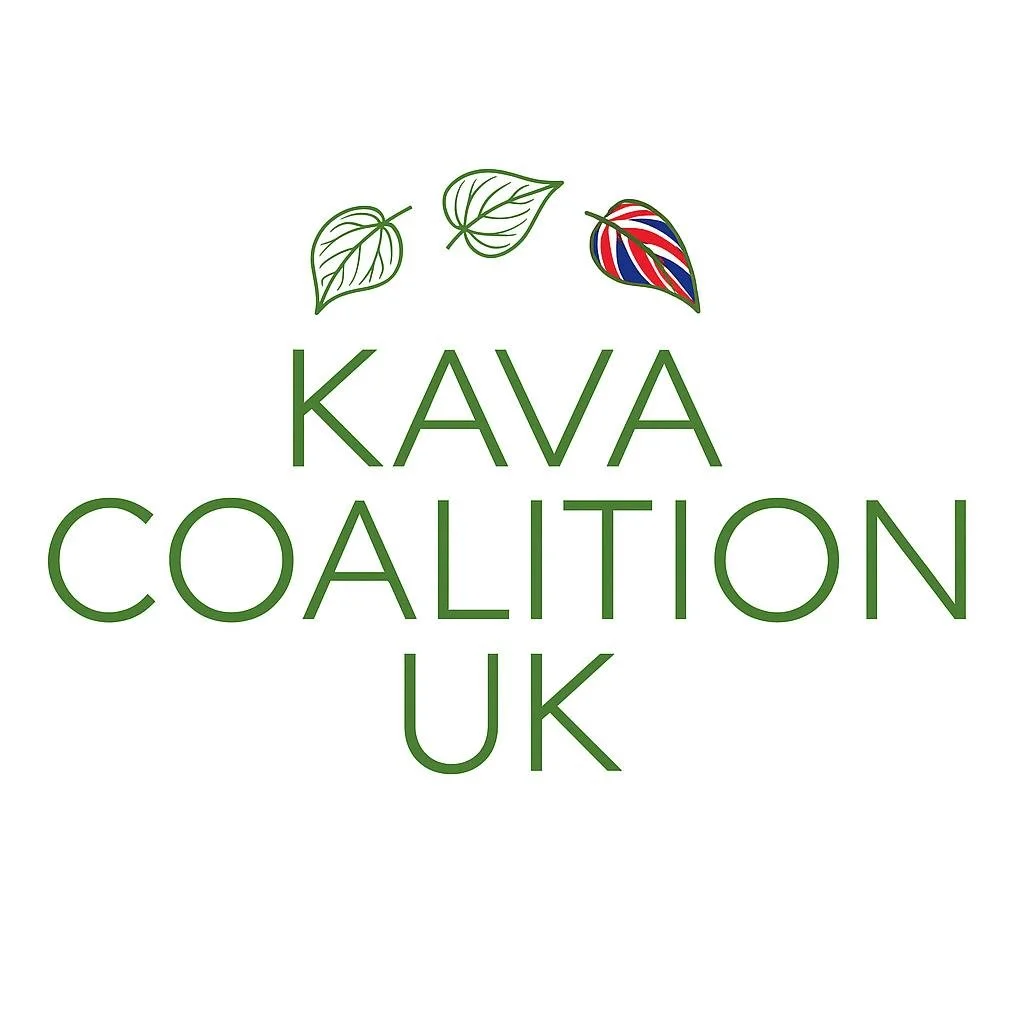Q&A with Douglas La Rose
What’s your current role in the kava industry?
I’m currently Executive Director of the Kava Coalition. I build strong partnerships with Pacific Island governments and cultural leaders, and work with countries and regional blocs like the UK and EU to improve regulatory access to kava. I also engage directly with regulatory agencies to promote fair and informed legislation, and lead public education initiatives on kava’s cultural significance, safety, and benefits. And I oversee business development, fundraising, and marketing strategies to expand our reach and support our members. Internally, I manage daily operations and lead a high-performing team aligned with our mission.
What does your day-to-day look like?
Recently, I’ve been traveling throughout Europe to engage with government, non-governmental, and private-sector stake-holders to advance the regularization of kava. This work often starts early—pressing a suit and preparing for high-level meetings that can shape policy and perception. And while my current focus is Europe, my core efforts remain rooted in the U.S. and Pacific Islands, where I interact with kava vendors, bars, exporters, and agricultural stake-holders. At the heart of my work is a deep respect for the cultural and commercial heritage of kava in Pacific Island communities—especially in Papua New Guinea, Vanuatu, Fiji, Tonga, Samoa, and Hawai’i. I strive to make sure their voices and concerns are central to every conversation about kava and its future. In the U.S., I also support kava bars and business facing regulatory over-reach—often providing guidance, documentation, and legal context to help defend their right to serve kava. Another key focus of mine is strengthening the kava supply chain. I support producers and Ministries of Agriculture across the Pacific Islands to make sure pests and diseases do not threaten future supplies, and that kava is properly handled, processed, and tested from farm to port. Kava production is not only essential to the global industry—it is also a critical source of income and stability for farmers and communities throughout the Pacific.
What led you to this point? What’s your background?
In this role, I bring over 20 years of experience as a kava advocate, along with a professional background in international development—particularly in agricultural value chains in under-developed countries in Africa, Latin America, and Oceania. I’ve been drinking and researching kava since I was 19. It helped me stay calm and focused during my college years, and I’ve remained a consistent kava drinker for over 24 years. I hold B.A. in cultural anthropology and an M.A. in Applied Anthropology, with a focus on food production and agriculture in Indigenous communities in West Africa. Over the years, I’ve worked extensively on agricultural value chain and food security projects with farmers in Ghana, Ethiopia, South Sudan, Sudan, Malawi, Madagascar, Burkina Faso, Mali, Togo, Benin, the Solomon Islands, and the Northern Triangle (El Salvador, Honduras, and Guatemala). This wide-ranging experience across diverse cultural and agricultural contexts has given me a strong foundation for advancing my work with kava at both the grassroots and global levels.
What keeps you interested in kava?
It’s an ever-evolving plant and commodity across the world. From its earliest uses in Papua New Guinea and Vanuatu, to its journey across the ocean to Polynesia, and finally to the continental U.S. and Europe, kava is a “canoe plant” that takes diverse forms. I will continue to fight for people’s right to access kava across the world while also respecting its origins in Melanesia. Some of the challenges the kava community faces are certain people claiming they “own” the plant, and governments and the wider public being misinformed on its safety and benefits. Education and facilitation are at the core of moving kava forward, and that is what drives my daily focus.
What are your favorite practices, customs, or traditions, if any?
I respect all kava traditions and find them to be endlessly interesting. I have done extensive research on kava ceremonies and the role of kava in Pacific Island traditions. However, I also recognize that kava has been central to new traditions in places like the U.S. Personally, I started drinking kava alone and with friends, but I am in my happy place when I visit my go-to kava bar in Boca Raton and am able to raise my shell and say “BULA” with 40 or 50 other people.
What should people know about kava?
People should seek to understand the history, culture(s), and botany of kava. As consumers, they should be aware of kava’s safety and the extensive research that points to its safe use. Learning about the different countries that kava comes from—Papua New Guinea, Vanuatu, Fiji, Tonga, Samoa, the Hawaiian Islands of the U.S., the Marqueasas, Micronesia, and other areas—is exciting.
What do you hope the future holds for kava? What do you predict will happen?
I strive for increased coordination and cooperation across the kava sector—making sure efforts aren’t duplicated and that resources are more efficiently used. I predict there will be agricultural production constraints and that more land will need to be dedicated to kava, in countries like Papua New Guinea and the Solomon Islands, to satisfy demand.

